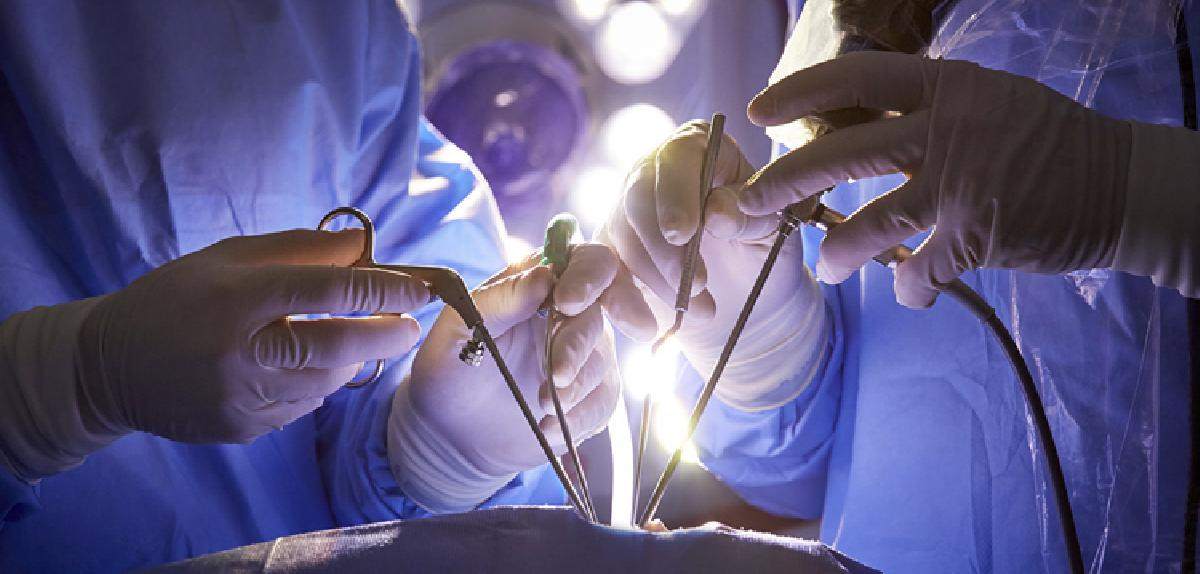The effects of laparoscopic graspers with enhanced haptic feedback on applied forces: a randomized comparison with conventional graspers.
Alleblas CCJ, Vleugels MPH, Coppus SFPJ, Nieboer TE.
Abstract
BACKGROUND:
Haptic feedback, which enables surgeons to perceive information on interaction forces between instrument and tissue, is deficient in laparoscopic surgery. This information, however, is essential for accurate tissue manipulation and recognition of tissue consistencies. To this end, a laparoscopic grasper with enhanced haptic feedback has been developed: the force reflecting operation instrument (FROI). This study tested the effects of enhanced haptic feedback on force control, tissue consistency interpretation, and the associated surgeons' level of confidence through a randomized controlled crossover experiment.
METHODS:
A randomized three-period crossover trial was conducted, in which seven surgical residents and 13 medical students participated. The setup involved a box trainer in which slices of porcine organs (lung, small intestine, or liver) were presented. Participants performed three series of blinded palpation tasks involving three different graspers: the conventional grasper, the FROI with enhanced haptic feedback activated, and the FROI with enhanced haptic feedback deactivated. In each series, nine pairs of organ tissues were palpated to compare consistencies. The orders of presenting both instruments and tissues were randomized.
RESULTS:
The force applied during tissue palpation significantly decreased, by a mean factor of 3.1 with enhanced haptic feedback. Tissue consistency interpretation was significantly improved with more correct assessments and participants answered with significantly more confidence when enhanced haptic feedback was available.
CONCLUSION:
The availability of enhanced haptic feedback enabled participants to operate with significantly reduced interaction force between instrument and tissues. This observation is expected to have multiple important clinical implications, such as less tissue damage, fewer complications, shorter operation times, and improved ergonomics.




